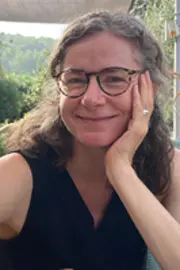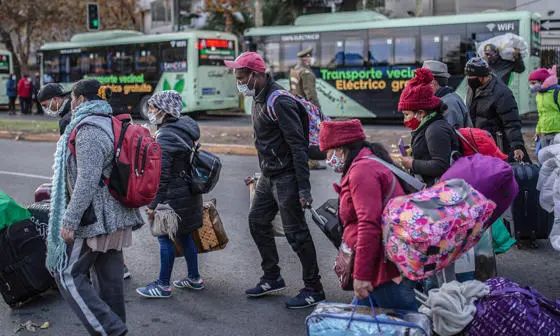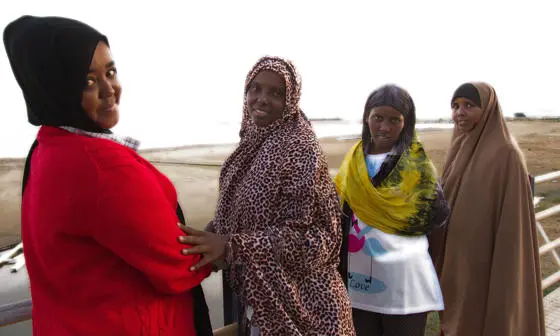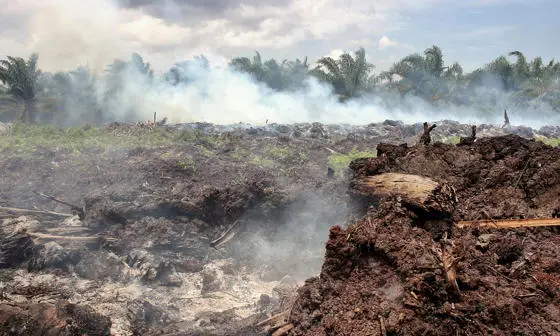Children out of place? Migration and the exclusions of a noncitizen childhood
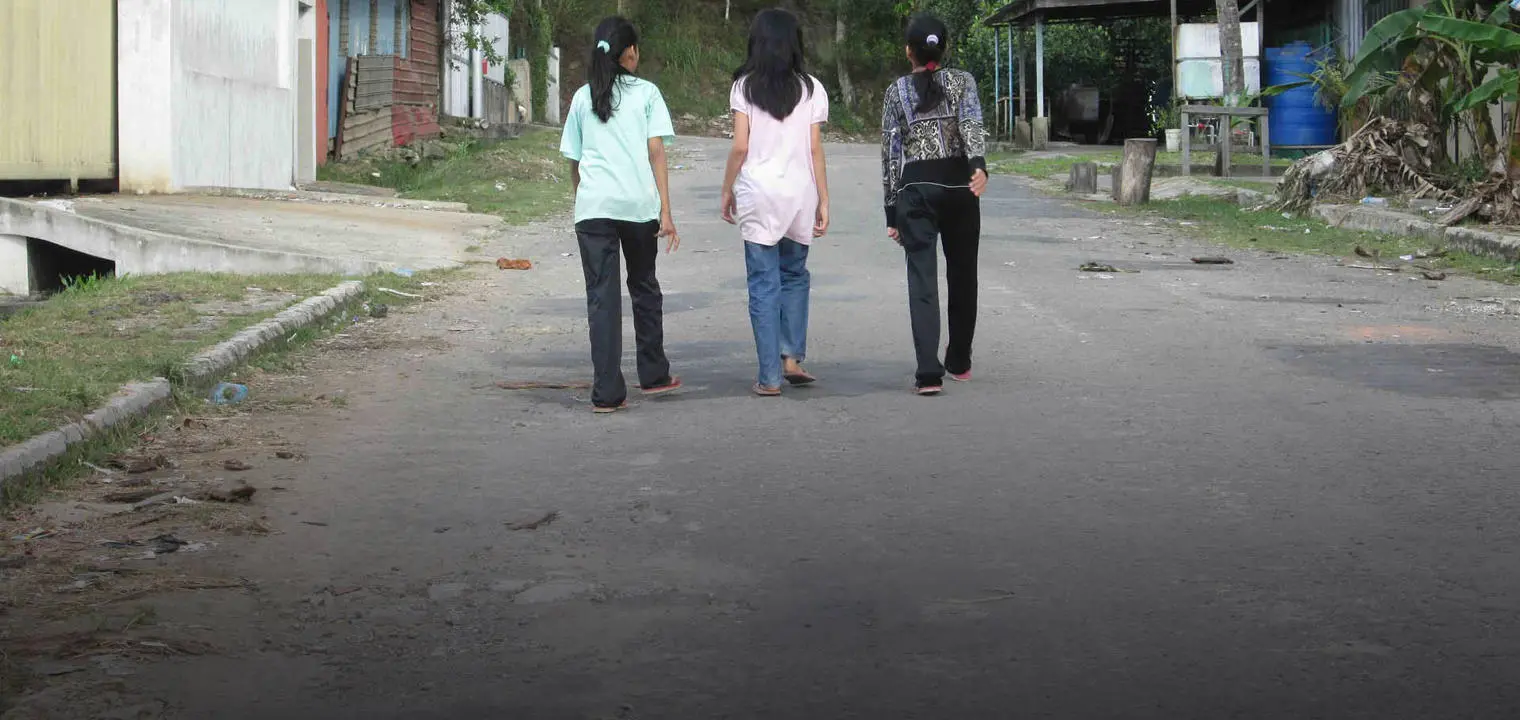
Contents
- Why are some children born in Malaysia at risk of statelessness?
- Born in the country but with no rights to education or healthcare
- Why universal child rights don’t always extend to the children of migrants
- Learning from the children: what a photo project revealed about their sense of belonging
- "I am a person from here" – street child, migrant child or noncitizen local?
Migration is very much a part of modern day life, with an estimated 281 million people currently living in a country other than their countries of birth, according to the United Nations’ "International Migration 2020 Highlights" report. But while focus is often on the experiences of those who have migrated, what is the impact of migration on the children or grandchildren of migrants? In particular, how does the migration of a parent or grandparent continue to influence children’s experiences, and the ways in which they are perceived?
These are some of the questions my current research is concerned with. More broadly, I’m also interested in the ways the politics of migration intersect with and shape the politics of childhood, how understandings of the nation and of citizenship influence perceptions of the "place" of children - particularly those excluded from citizenship – and under what conditions children are considered to belong or to not belong?
Most migrant families still have an irregular status, and even adults with work visas find it extremely difficult to regularise the status of their children.
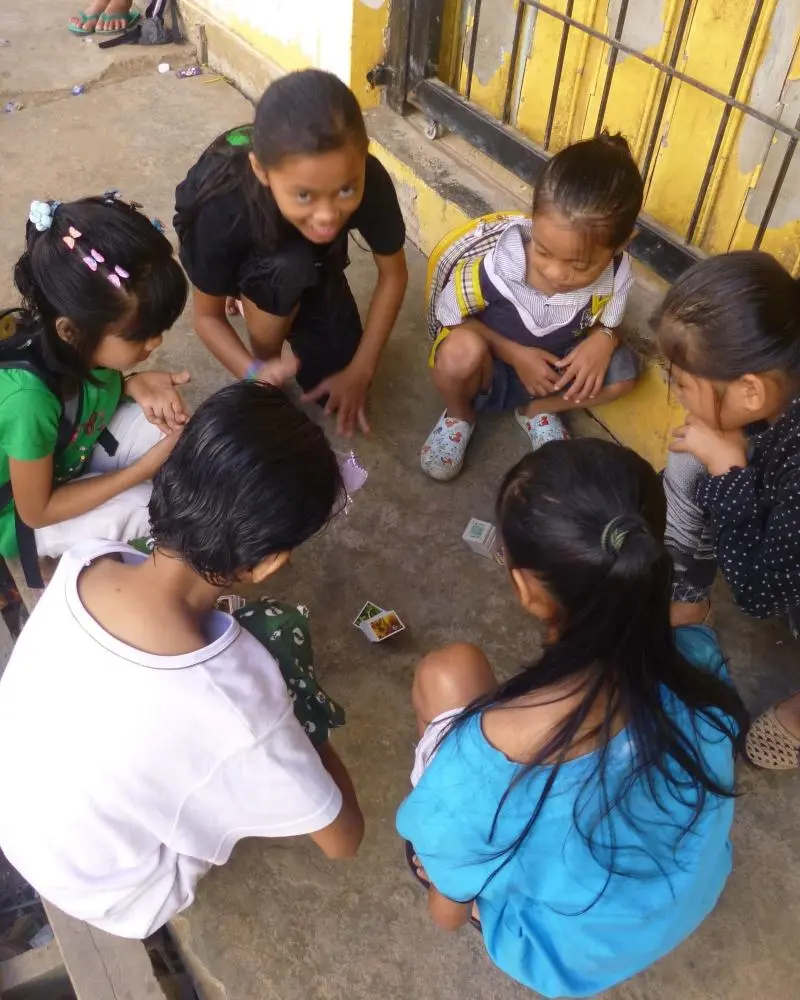
Why are some children born in Malaysia at risk of statelessness?
My research is mainly conducted in Sabah, an East Malaysian state in the north of the island of Borneo. Malaysia as a whole is economically dependent on migrant workers, but this is particularly the case for Sabah, which has been estimated to have about 44 per cent of all foreign workers in Malaysia.
Some of these migrants came to Sabah over 40 years ago, have married and had children in the state. Despite this, however, most migrant families still have an irregular status – and so are without the documentation needed to settle legally – and even adults with work visas find it extremely difficult to regularise the status of their children. This is because, according to Malaysian immigration regulations, foreign workers are supposed to be temporary. They are not supposed to settle in Sabah, and do not have the right to marry, or to bring their families with them.
Regulations or not, of course, new lives are built. But what happens to the babies of migrants as they grow up in societies that do not recognise them? Whilst they are clearly excluded from full belonging, to what extent should we consider such children to be "out of place"?
From 2012 to 2013, I conducted a year of child-focused ethnographic research with the children of Indonesian and Filipino migrants and refugees in Sabah’s capital, Kota Kinabalu. My aim was to explore these issues of potential statelessness, illegality, migrant family life and public perceptions of children of migrants. In all, I worked with about 338 children, aged 8 to 18, focusing most of my time on "alternative learning centres" that offer education to children of migrants. In addition to ethnography, I utilised a variety of mixed methods, including drawing, map-making, interviews, diaries, and a photo project.
Children of migrants… are not seen to have the right to education in Malaysia, and so find themselves legally excluded.
Born in the country but with no rights to education or healthcare
My findings were stark. These children experience a variety of forms of everyday exclusion. They are excluded from government schools and from healthcare, something that applies even if they have a birth certificate showing that they were born in Sabah. In addition to these explicit exclusions, they are affected by many other subtle discriminations as a result of their irregular status.
Although these are, for the most part, children who were born in Sabah and who have never crossed an international border, they are described, by the wider society, as "migrant children". Their irregular status constantly intrudes into their lives – many, for example, have experienced the "checking" of documents on buses or in settlements, often followed by immigration detention. As a result, while children told me that they liked to "travel around", in fact they rarely venture away from their homes in workers’ housing or squatter settlements and have little freedom to access the wider city.
In many respects, then, these are children who are out of place in Sabah: as children of "temporary" workers, they are not supposed to exist, they are not afforded any services, and their movements and activities are restricted.
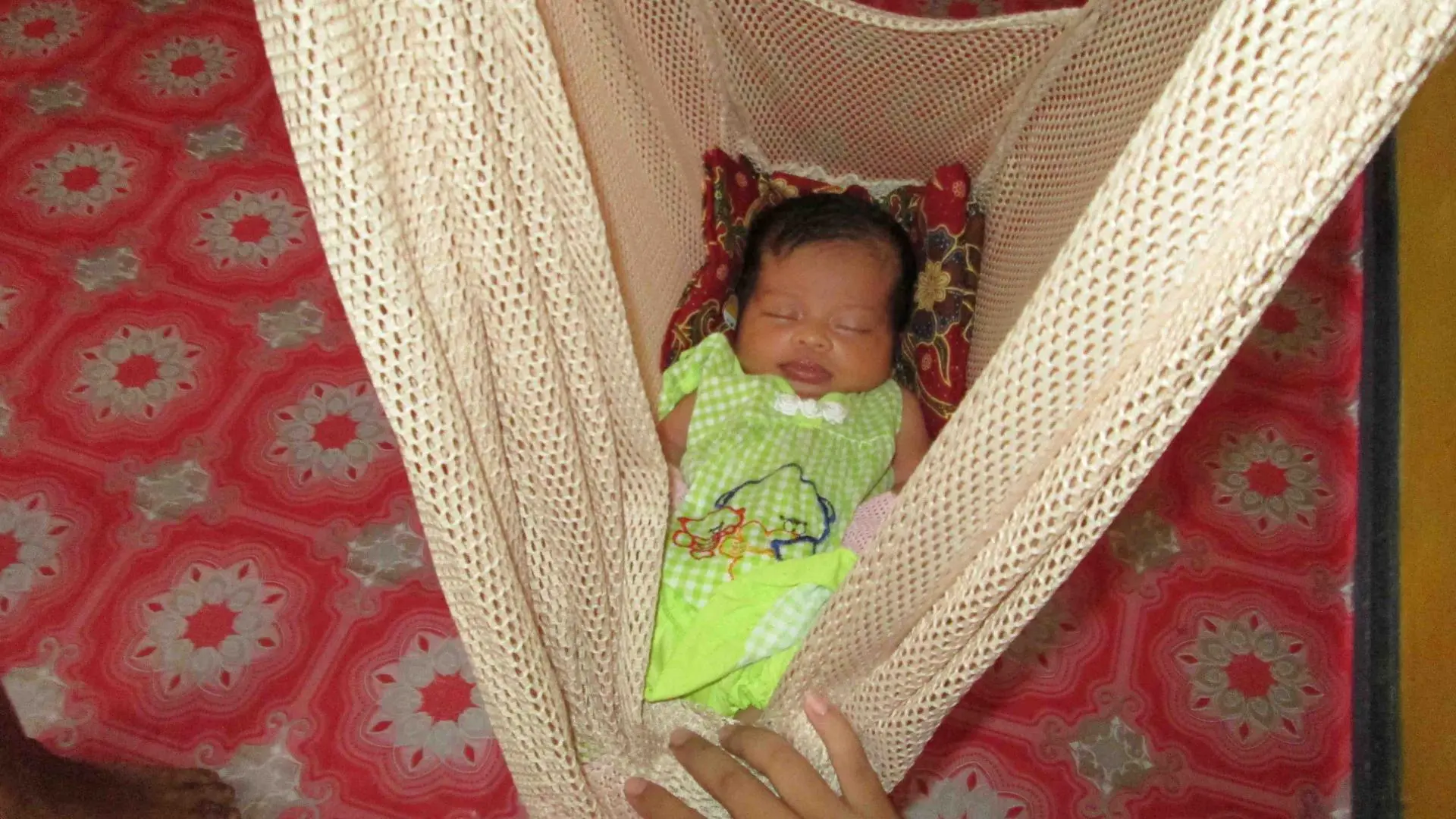
Why universal child rights don’t always extend to the children of migrants
One of the wider motivations for my research was to uncover the nature of this kind of exclusion. In this respect, I have been influenced by the work of Hannah Arendt, who showed how human rights depended on prior recognition by a state, and argued that it was only such recognition that gave a person the "right to have rights".
Discourses on "child rights" are extremely common in today’s world - the UN Convention on the Rights of the Child (CRC) has become the most widely signed and ratified UN Convention - but I suggest that Arendt’s comments on universal human rights are also applicable to thinking about child rights. For example, while the CRC declares that all children have the right to education, this right is, in many contexts, dependent on state recognition. In Malaysia, the right to education is only held by citizen children. Because children of migrants are considered to belong to their parents’ countries of origin, they are not seen to have the right to education in Malaysia and so find themselves legally excluded.
In many respects, then, the notion that children of migrants are "out of place" in Malaysia is helpful for understanding their exclusion and, in particular, their inability to be recognised as children with the right to have child rights.
However, other aspects of my research are leading me to see the idea that these children are "out of place" as more problematic.
Learning from the children: what a photo project revealed about their sense of belonging
As mentioned, one of my research methodologies was a photo project. "Photos of my life" involved lending digital cameras to children and asking them to take images of their everyday life. This method was very productive, both because children found it easy and interesting to take these images, but also because, as undocumented people, it was sometimes difficult for me to participate in all aspects of these children’s lives.
In reviewing these images, I found (perhaps unsurprisingly) that an extraordinary number of them were of the places where children lived. In particular, children took images either of shared workers’ housing (rumah kongsi), or of their homes in village/ "squatter" settlements. Since Indonesian migrant workers, in particular, are often recruited along ethnic and familial lines, rumah kongsi often contain groups of relatives, or people from the same village or region, and are places of relatedness and deep connection to children.
Similarly, whilst squatter settlements are often seen as problematic by the local government, they mean something very different to children. I was shown images of family gatherings, of children playing and praying together, of stalls where female relatives sold small parcels of food, and of squatter houses transformed into sites for large wedding parties.
These images disrupt the view of children as "out of place" in the city. Instead, they reveal all the everyday ways in which children are deeply connected to very specific city places, even if these are also places often dismissed as problematic or unsightly by citizens.
These findings have led me to reflect on problems with the terms that we use to describe children of migrants. Why should they be seen as 'migrant children' if they haven’t migrated?
"I am a person from here" – street child, migrant child or noncitizen local?
This connection to place seems hard even for those who are sympathetic to these children’s plight to acknowledge. For example, I came across frequent assertions and assumptions that Kota Kinabalu has thousands of "street children". And yet, in my fieldwork with children of migrants I met very few street children, and was instead encouraged to recognise the "out-of-the-way" places where children lived with their families. This was expressed most straightforwardly by one boy who, in answer to my questions about his family background and ethnicity, simply asserted, "I am a person from here".
More widely, these findings have led me to reflect on problems with the terms that we use to describe children of migrants. Why should they be seen as "migrant children" if they haven’t migrated? Do terms such as "second or third generation" still contain the assumption that children of migrant parents or grandparents are somehow "out of place"?
This is why I prefer to utilise the term "noncitizen" to describe these children. As political theorist Tendayi Bloom has argued, noncitizenship is not just a passive or abject status, but involves an active relationship with a state. The term is useful because it encompasses lots of different statuses: it allows us to consider together undocumented children, children at risk of statelessness, children who migrated when very young, and children with a passport and visa who are still, in Malaysia, excluded from school. As a term, "noncitizen" acknowledges the significance of migrant histories in shaping these children’s lives, but doesn’t make any assumptions about their identity as "migrants".
Just as noncitizens have always been included, even whilst they are excluded, noncitizen children are always, and in complex ways both "of place" and "out of place".
Images: Catherine Allerton
Download a PDF version of this article

